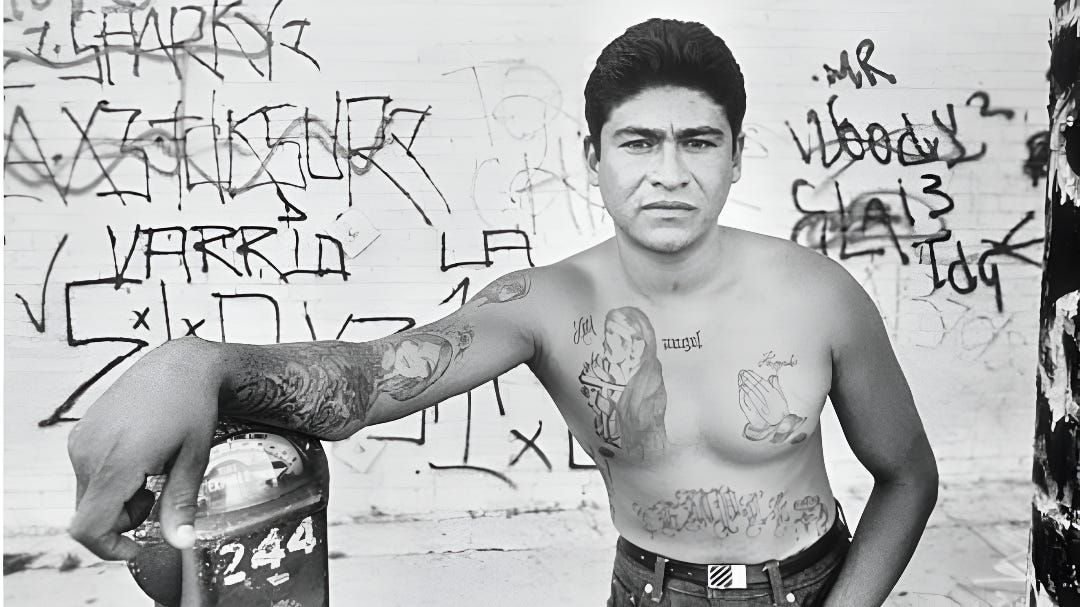Cholos Are As American As Apple Pie
There's a reason Mexican American street gangs transcend economic class, geography, and even centuries.
My decade as a member of a Mexican American street gang was explosive. I learned how to fight. I learned how to dodge bullets. I learned how to elude police. Yet despite the intimidating glares, shaved heads, and tattooed faces, there was something strangely endearing about the gang members I knew. Something far more complex and closer to home than most people realize. A world brimming with classic cars, music, and art.
Something unmistakably American like Apple Pie.
Understanding the origins of Mexican American street gangs (and the Central American street gangs they influenced on the surface) is crucial to curbing the violence often associated with them. Contrary to portrayal, the world’s largest street gangs not only originated on American soil in response to widespread discrimination and rampant nationalism, but spread to the rest of the world as a result of overactive immigration policies. And until the federal government acknowledges the failure of these policies, the true catalyst behind these problems can never be addressed.
War and Nationalism
You can’t talk about street gangs without talking about Mexican American street gangs, whose American origins run deep. Unlike white and black gangs, Mexican American street gangs transcend economic class, geography, and even centuries. In fact, some of the oldest Mexican American cliques date back to the late 1890s (Dog Town Rifa, for example), roughly 70 years before the Crips or Bloods, and almost 30 years before the first Outlaw Motorcycle gang.
Keep reading with a 7-day free trial
Subscribe to The Daily Chela to keep reading this post and get 7 days of free access to the full post archives.



